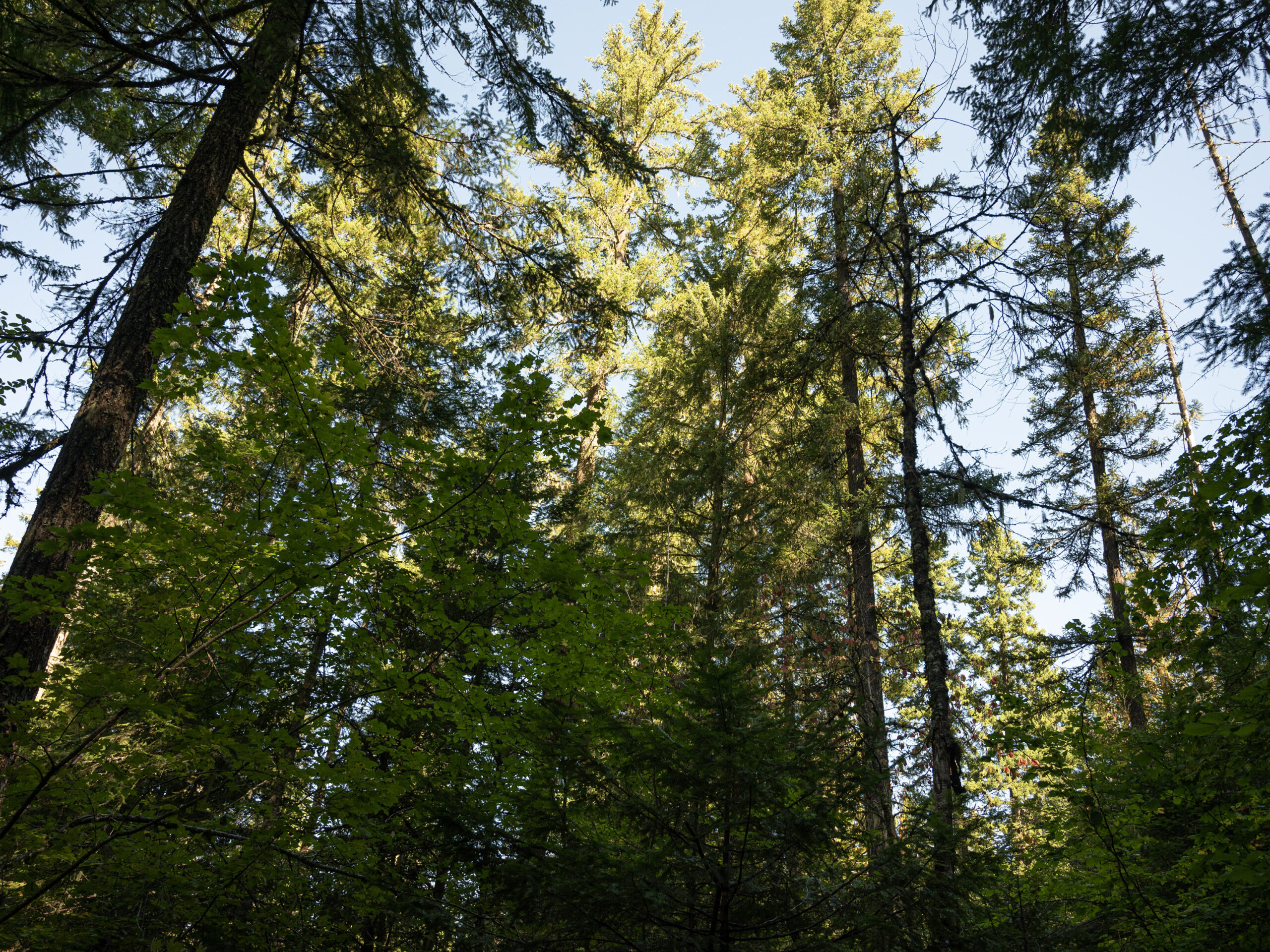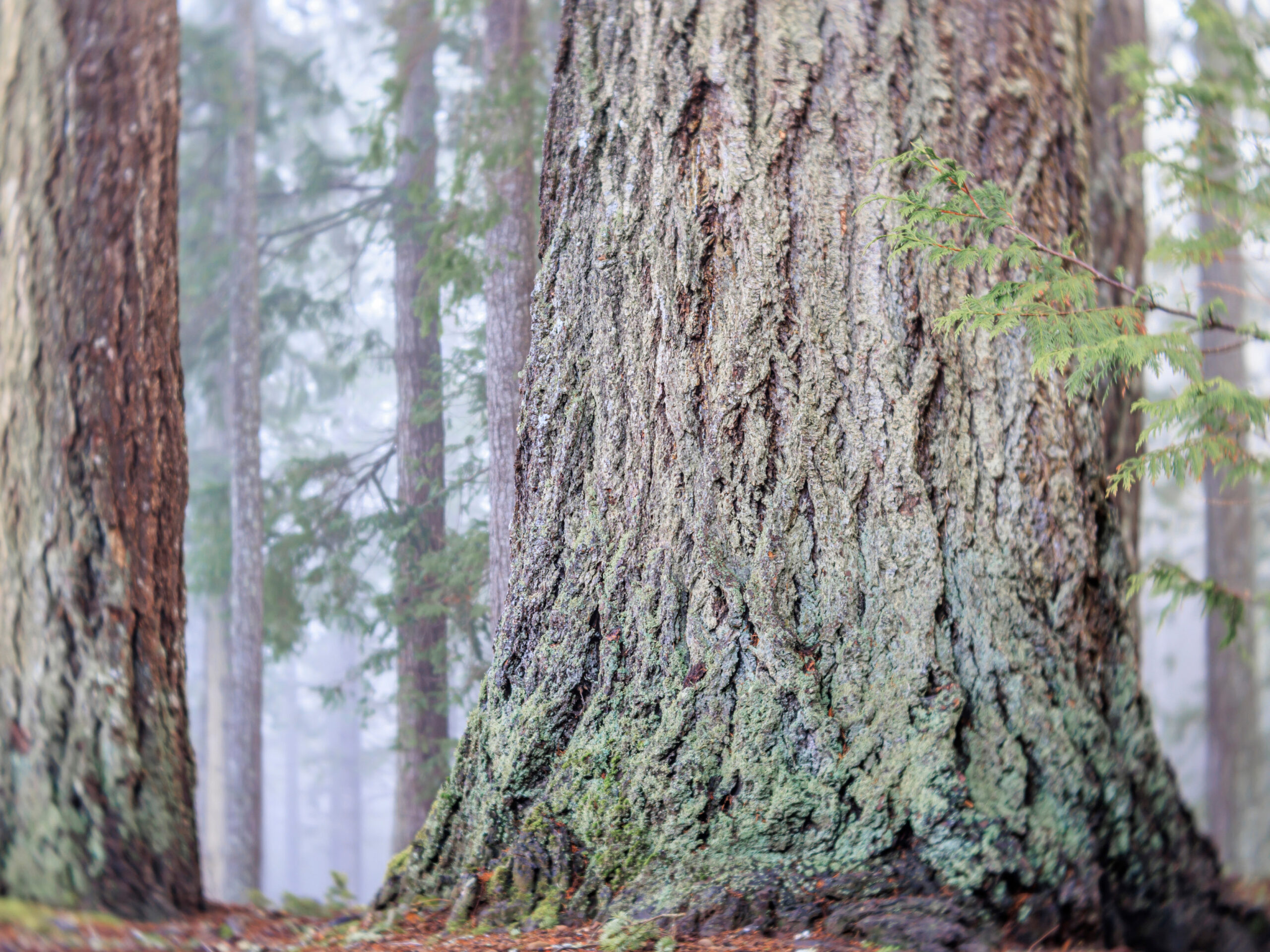[vc_row row_type=”row” use_row_as_full_screen_section=”no” type=”full_width” angled_section=”no” text_align=”left” background_image_as_pattern=”without_pattern” css_animation=””][vc_column][vc_single_image image=”94″ img_size=”full” alignment=”center” qode_css_animation=””][/vc_column][/vc_row][vc_row row_type=”row” use_row_as_full_screen_section=”no” type=”grid” angled_section=”no” text_align=”left” background_image_as_pattern=”without_pattern” css_animation=””][vc_column][vc_empty_space height=”35px”][/vc_column][/vc_row][vc_row row_type=”row” use_row_as_full_screen_section=”no” type=”grid” angled_section=”no” text_align=”left” background_image_as_pattern=”without_pattern” css_animation=””][vc_column][vc_empty_space height=”75px”][vc_column_text]
Annual Report
[/vc_column_text][vc_separator type=”normal” color=”#444444″ thickness=”3″][vc_empty_space][vc_column_text]This past year, we celebrated 30 years of conservation at the gifford pinchot task force. We reflected on our many success, developed a new strategic plan & vision, and held a successful banquet & fundraiser at the Patagonia store in Portland. With your support, we also moved forward on a number of conservation, restoration, and educational fronts.
In 2015, we launched a new campaign focused on addressing climate change and creating a healthy, resilient forest ecosystem. Through this project, we are assessing the species and habitats most vulnerable to climate change and proposing solutions ranging from policy change to monitoring & on-the-ground restoration efforts. We are excited about this new direction & beleive it is a critical component in conserving the cascade forest.
Please take a moment to review the report in full here, where we continue to provide a summary of our accomplishments in 2015 and our allocations of your donations in the GP.
[/vc_column_text][vc_empty_space height=”35px”][/vc_column][/vc_row][vc_row row_type=”row” use_row_as_full_screen_section=”no” type=”grid” angled_section=”no” text_align=”left” background_image_as_pattern=”without_pattern” css_animation=””][vc_column][vc_empty_space height=”75px”][vc_column_text]
Volunteer trips to the Gifford Pinchot National Forest
[/vc_column_text][vc_separator type=”normal” color=”#444444″ thickness=”3″][vc_empty_space][vc_column_text]Our 2016 citizen science trip list is ready and online! Have a look and sign up to help us carry out the important work of restoring the forest and collecting data for conservation planning here.
In addition to past favorites, such as road & stream surveys and wildlife camera surveys, we have added new trips this year including old growth mapping, meadow restoration, and post-fire seeding in the foothills of Mount Adams. The help of volunteers is critical for this work and makes a huge difference for ecosystems of the Gifford Pinchot National Forest. ContactShiloh if you would like to sign up for a trip or if you want more information about the work we do to conserve and restore the GP forest.[/vc_column_text][vc_empty_space height=”35px”][/vc_column][/vc_row][vc_row row_type=”row” use_row_as_full_screen_section=”no” type=”grid” angled_section=”no” text_align=”left” background_image_as_pattern=”without_pattern” css_animation=””][vc_column][vc_empty_space height=”75px”][vc_column_text]
Mount St. Helens Mine
[/vc_column_text][vc_separator type=”normal” color=”#444444″ thickness=”3″][vc_empty_space][vc_column_text]Thank you so much for joining us to take action on the Mount St. Helens mine. The agency received thousands of public comments and petitions from people like you who care about the Green River valley and impacts to recreation, wildlife habitat, and water quality. The downstream community of Kelso just passed a powerful resolution against the mine because of these impacts to their drinking water and way of life – read it here. The band Modest Mouse also jumped on board and created an online campaign to support our efforts – see it at cascadeforest.org. Senator Cantwell wrote a strong letter against the mine and defended our claims at a senate hearing when questioning Forest Chief Tidwell, asking him how the agency can possibly permit a mine on lands protected under the Land and Water Conservation Fund Act. See the hearing here.
The agencies are now reviewing the public comments and will make a decision on exploratory drilling this summer. If they approve the proposed plans as they have many times in the past, we will be forced to take them and Ascot Resources to court to defend our public lands from this foreign mining company. Thank you again for supporting this important campaign![/vc_column_text][vc_empty_space height=”35px”][/vc_column][/vc_row][vc_row row_type=”row” use_row_as_full_screen_section=”no” type=”grid” angled_section=”no” text_align=”left” background_image_as_pattern=”without_pattern” css_animation=””][vc_column][vc_empty_space height=”75px”][vc_column_text]
GPTF Fire Policy
[/vc_column_text][vc_separator type=”normal” color=”#444444″ thickness=”3″][vc_empty_space][vc_column_text]The official wildfire policy of the Gifford Pinchot Task Force has been completed and is view-able here. Below is a snapshot of what we can do to support ecosystem health and resilience in the Gifford Pinchot National Forest.[/vc_column_text][vc_empty_space height=”35px”][/vc_column][/vc_row][vc_row row_type=”row” use_row_as_full_screen_section=”no” type=”grid” angled_section=”no” text_align=”left” background_image_as_pattern=”without_pattern” css_animation=”” css=”.vc_custom_1464206177683{background-color: #444444 !important;}”][vc_column][vc_empty_space height=”75px”][vc_row_inner row_type=”row” type=”full_width” text_align=”left” css_animation=””][vc_column_inner width=”1/4″][vc_column_text]
1
[/vc_column_text][/vc_column_inner][vc_column_inner width=”1/4″][vc_column_text]
2
[/vc_column_text][/vc_column_inner][vc_column_inner width=”1/4″][vc_column_text]
3
[/vc_column_text][/vc_column_inner][vc_column_inner width=”1/4″][vc_column_text]
4
[/vc_column_text][/vc_column_inner][/vc_row_inner][vc_separator type=”normal” color=”#ffffff” thickness=”3″][vc_row_inner row_type=”row” type=”full_width” text_align=”left” css_animation=””][vc_column_inner width=”1/4″][vc_column_text]
Recognize that fire is a natural and necessary element in creating a healthy forest
[/vc_column_text][/vc_column_inner][vc_column_inner width=”1/4″][vc_column_text]
Where appropriate, reduce large surface and ladder fuels to minimize fires getting into tree crowns
[/vc_column_text][/vc_column_inner][vc_column_inner width=”1/4″][vc_column_text]
Protect the largest, most fire-resistant trees, especially Douglas-fir and ponderosa pine by removing immediately adjacent and competing trees, especially grand fir
[/vc_column_text][/vc_column_inner][vc_column_inner width=”1/4″][vc_column_text]
Increase the use of managed prescribed fire
[/vc_column_text][/vc_column_inner][/vc_row_inner][vc_empty_space height=”35px”][vc_row_inner row_type=”row” type=”full_width” text_align=”left” css_animation=””][vc_column_inner width=”1/4″][vc_column_text]
5
[/vc_column_text][/vc_column_inner][vc_column_inner width=”1/4″][vc_column_text]
6
[/vc_column_text][/vc_column_inner][vc_column_inner width=”1/4″][vc_column_text]
7
[/vc_column_text][/vc_column_inner][vc_column_inner width=”1/4″][vc_column_text]
8
[/vc_column_text][/vc_column_inner][/vc_row_inner][vc_separator type=”normal” color=”#ffffff” thickness=”3″][vc_row_inner row_type=”row” type=”full_width” text_align=”left” css_animation=””][vc_column_inner width=”1/4″][vc_column_text]
Create a management plan for continued restoration on an ecologically-appropriate timescale
[/vc_column_text][/vc_column_inner][vc_column_inner width=”1/4″][vc_column_text]
Continue the program of thinning young plantations that increase fire threats, especially in the dry mixed conifer forests of the eastern GPNF
[/vc_column_text][/vc_column_inner][vc_column_inner width=”1/4″][vc_column_text]
Allow natural fires ignited by lightning to burn, and discontinue the policy of automatically suppressing all fires
[/vc_column_text][/vc_column_inner][vc_column_inner width=”1/4″][vc_column_text]
Focus post-fire management on the planting and seeding of native species, where appropriate, and only pursue salvage operations where science has shown the ecological benefits of the action outweigh the negative effects to the environment.
[/vc_column_text][/vc_column_inner][/vc_row_inner][vc_empty_space height=”75px”][/vc_column][/vc_row][vc_row row_type=”row” use_row_as_full_screen_section=”no” type=”grid” angled_section=”no” text_align=”left” background_image_as_pattern=”without_pattern” css_animation=””][vc_column][vc_empty_space height=”75px”][vc_row_inner row_type=”row” type=”full_width” text_align=”left” css_animation=””][vc_column_inner width=”2/3″][vc_column_text]Is this blog post related to something the CFC supporters should get involved in? If so, this section can be used to detail how they can get involved. The button to the right can be used to direct them to a call to action page, or an additional page with more content on the topic.[/vc_column_text][/vc_column_inner][vc_column_inner width=”1/3″][button size=”big_large_full_width” target=”_self” hover_type=”default” text=”Call To Action”][/vc_column_inner][/vc_row_inner][vc_empty_space height=”75px”][/vc_column][/vc_row][vc_row row_type=”row” use_row_as_full_screen_section=”yes” type=”grid” angled_section=”no” text_align=”left” background_image_as_pattern=”without_pattern” css_animation=””][vc_column][vc_empty_space height=”75px”][latest_post_two number_of_columns=”3″ order_by=”title” order=”ASC” display_featured_images=”no” number_of_posts=”3″ background_color=”#444444″ title_color=”#ffffff” excerpt_color=”#ffffff” separator_color=”#ffffff” post_info_color=”#ffffff” post_info_separator_color=”#ffffff”][vc_empty_space height=”75px”][/vc_column][/vc_row]







